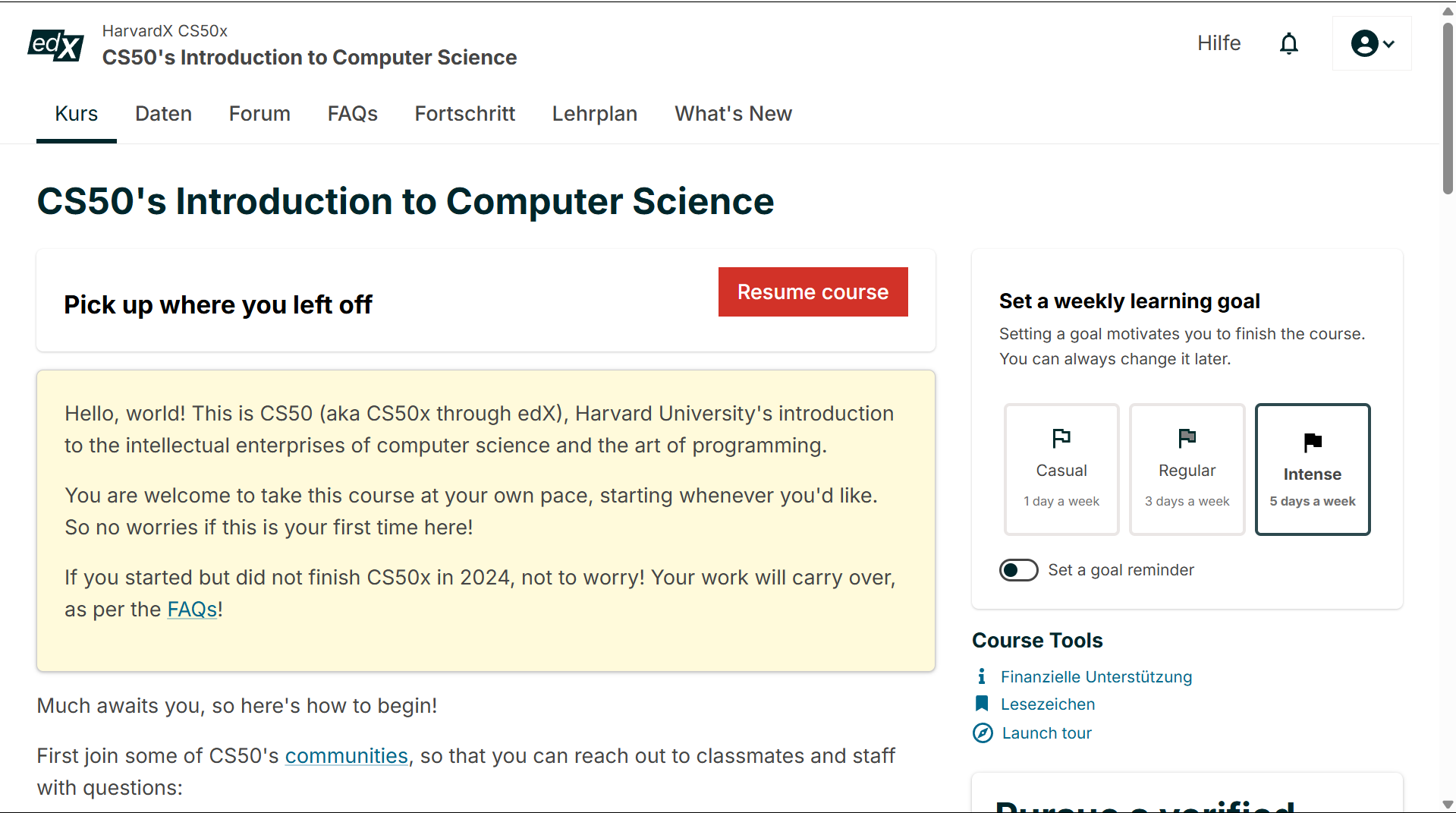Recently, a video by CNA(https://youtu.be/SFW5G49eqa8?si=wy2pmUPQ2eqGAKaP) explored the issue of the shrinking middle class in Indonesia, sparking discussions about whether labor-intensive job creation can genuinely address this complex problem. Prominent figures from reputable institutions argue that creating such jobs can address economic inequality and boost purchasing power. However, is this strategy genuinely a solution, or is it just a temporary patch that delays a deeper crisis?
The video raised arguments from experts who believe labor-intensive job creation can alleviate economic inequality and increase purchasing power. While these points seem valid, it’s worth questioning whether this strategy genuinely tackles the root of the problem or if it’s just a temporary fix that avoids a deeper crisis.?
The Appeal of Labor-Intensive Jobs
From a political standpoint, labor-intensive industries have undeniable appeal. They can quickly generate employment for the masses, creating an immediate sense of stability. In a country where informal employment still dominates, offering structured, formal jobs—even if labor-intensive—can feel like progress. It’s a straightforward solution, easy to understand and implement, and it looks effective in the short term.
Additionally, in rural areas or regions with limited access to higher education, labor-intensive jobs are more accessible. They cater to a large portion of the workforce that lacks advanced skills or specialized training. When factories open and employ hundreds of locals, it creates a sense of security and optimism.
The Sandbag Effect
However, relying solely on labor-intensive jobs may be more of a sandbag than a solid foundation. While these jobs provide temporary relief, they do not address the structural issues behind the shrinking middle class—such as wage stagnation, the lack of social safety nets, and the growing wealth gap. As global technology advances, labor-intensive industries face the risk of automation or relocation to countries with even cheaper labor. And that is already happening—many traditional labor-intensive jobs have either been automated or outsourced to regions with even lower labor costs.
Labor-intensive work often lacks upward mobility. The skills learned on the job rarely translate to higher-paying positions, leaving workers stuck in a cycle of low wages. As living costs rise, the value of these jobs diminishes, leading to a working class that struggles to sustain a middle-class lifestyle.
The Politics of Quick Wins
The push for labor-intensive jobs is not just an economic strategy but a political one. Short election cycles pressure policymakers to prioritize quick, visible results over long-term strategies. Promises to create jobs sound appealing, especially when the alternative—investing heavily in education, infrastructure, and technology—requires a more extended commitment with delayed outcomes.
Industries that benefit from cheap labor also lobby to maintain the status quo. The reluctance to invest in automation or advanced skills training ensures a steady supply of inexpensive workers, further entrenching the current system.
The Path Forward: Precision, Not Point-Blank
Addressing the shrinking middle class requires a more precise approach, a “sniper shot” rather than a “point-blank” strategy. Investing in vocational training, digital literacy, and STEM education can help workers transition to more sustainable, higher-paying jobs. Expanding access to higher education and creating social safety nets would also help mitigate the impact of economic shifts.
Furthermore, rather than resisting automation, Indonesia could aim to balance it with job creation in sectors that require human creativity, critical thinking, and problem-solving—skills that machines cannot easily replicate.
Conclusion
Relying solely on labor-intensive jobs to fix the shrinking middle class is like trying to patch a leaking boat—it’s a short-term solution that doesn’t address the underlying issues. As average citizens, we can contribute by staying informed about economic policies, voicing concerns through civic platforms, and supporting initiatives that push for long-term strategies like better access to quality education, more affordable vocational training, and stronger social protections. Learning new skills, participating in productive communities, and participating in community initiatives can also strengthen our resilience. Sustainable progress needs collaboration, awareness, and a commitment to policies that tackle root issues rather than applying quick fixes.
